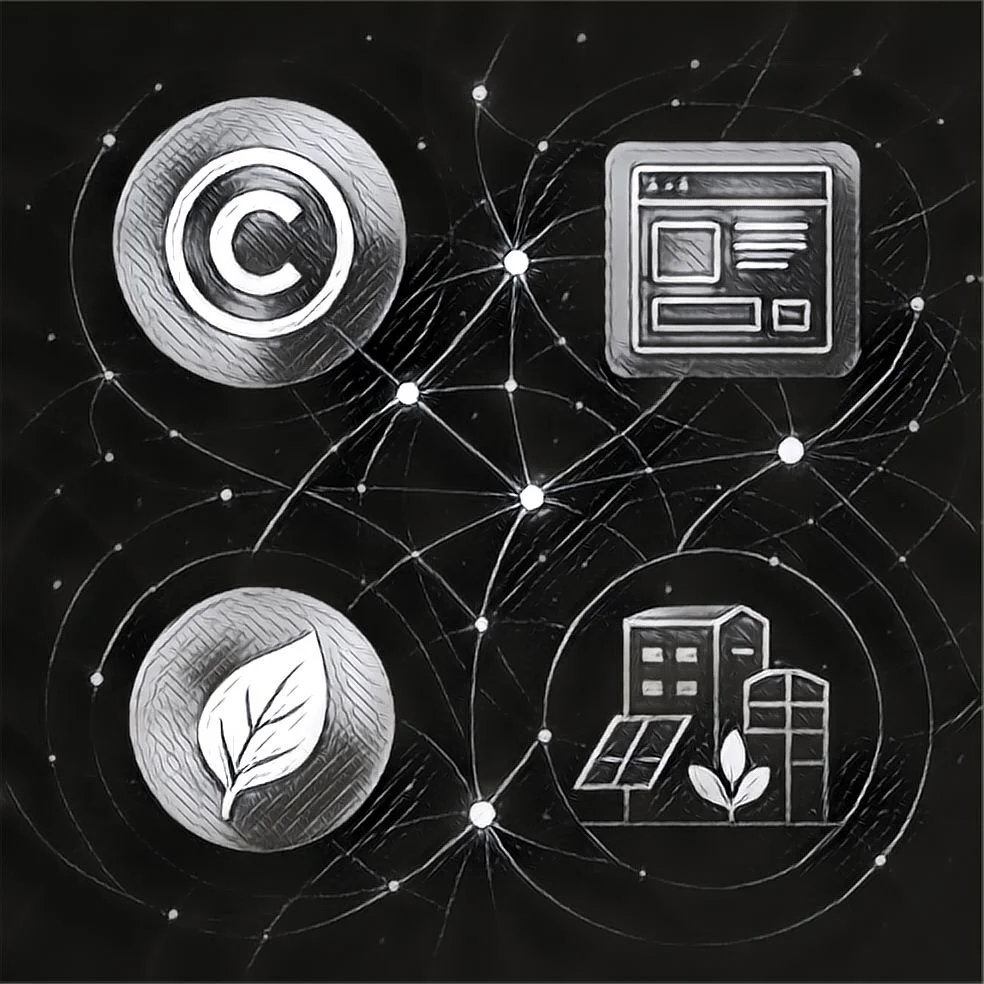Implications of Research Data "Informed Re-Consent" Requirements
In the Nov. 17, 2022 issue of Science, the article Research under China’s personal information law reports on a Chinese law passed November 21, 2021 designed to protect the privacy of people whose personal data are used in scientific research.
One of the law’s requirements is for researchers to obtain consent from research subjects concerning use of the data they supply, regardless of whether or not the data are anonymized. Today this is “standard operating procedure” in most places. Research subjects are, as a matter of course, asked to consent to certain uses of the data they supply.
What’s interesting about the Chinese law is that an additional “consent” is required later on if additional or different uses are to be made of the subject data beyond what consent was given to initially.
This “re-consent” requirement is interesting for a couple of reasons.
First, the idea of consent assumes that the person who is providing the data actually understands what he or she is giving consent to. That’s sometimes a tall order. To what extent, for example, must the researcher explain that, given appropriate resources, even “anonymized” data can be “de-anonymized”?
Second, if the researcher needs to obtain “re-consent” for a follow up data analysis of some sort, how can we be assured that (a) the data source remembers the original situation, (b) the data source understands what he or she is giving consent to now, and (c) the data source can even be recontacted for this additional consent?
If the original data source cannot be re-contacted — or is dead — does that data have to be expunged or redacted before additional analyses are conducted?
I wonder if one possible effect — intended or unintended? — of this Chinese legislation is not to protect Chinese citizens per se but to stymie how data and data aggregation are shared and analyzed internationally. After all, it’s in the nature of performing data analysis that unexpected discoveries will be made and surprises uncovered. These “surprises” may suggest additional – and unexpected -- analytical plans and pathways that could not have been envisioned when data were gathered initially.
As a researcher, if I know in advance that potential analytical pathways will be cut off, pathways that may involve more advanced uses of analytical technologies that may not have been available when the data were collected originally, how will that impact my research planning?
That’s obviously a difficult hypothetical to contemplate but suggests, to me at least, that organizations with more sophisticated research management and policy infrastructures – i.e., larger and better funded institutions – will find it easier to navigate the convoluted consent scenarios envisioned by the Chinese legislation.
A simple solution for the researcher, of course, would be to avoid transnational research initiatives requiring Chinese involvement where personal data will be gathered and analyzed. Is that one of the goals of this legislation? Hopefully not.
Addendum Nov. 29, 2022
As an illustration of how consent issues might negatively impact potentially useful research, see How researchers are working to fill the gaps in long COVID data by Betsy Ladyzhets in the Nov. 28, 2022 Science News, which describes how difficult it can be to anticipate how to collect and analyze data in real world health situations.
Text copyright (c) 2022 by Dennis D. McDonald
































